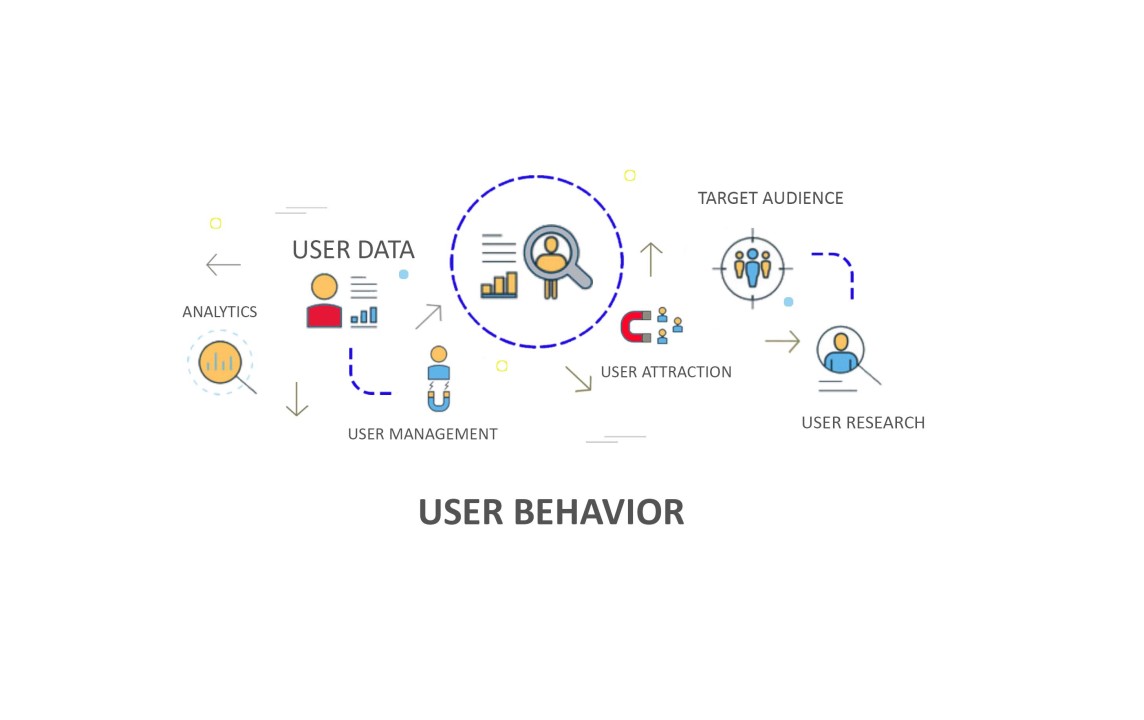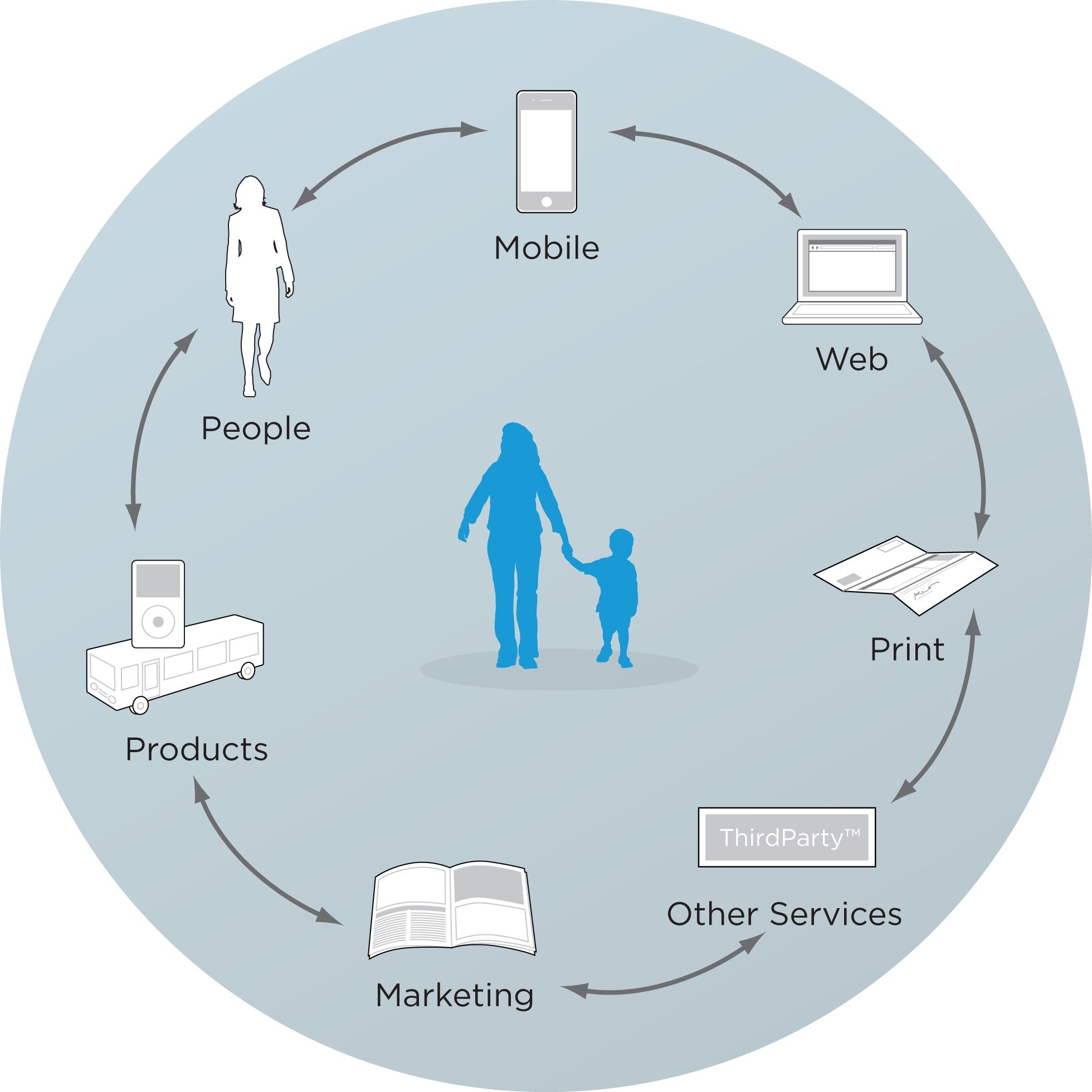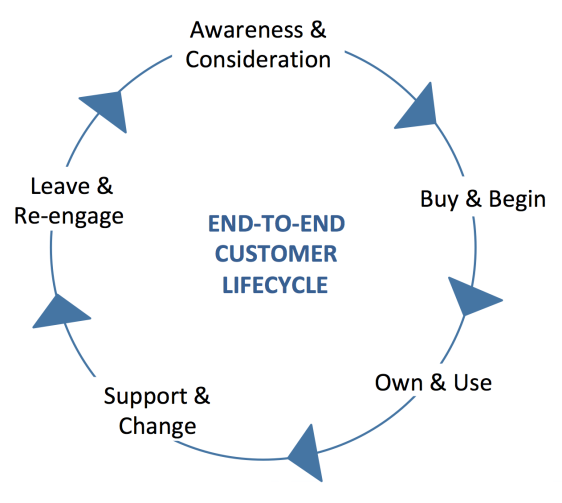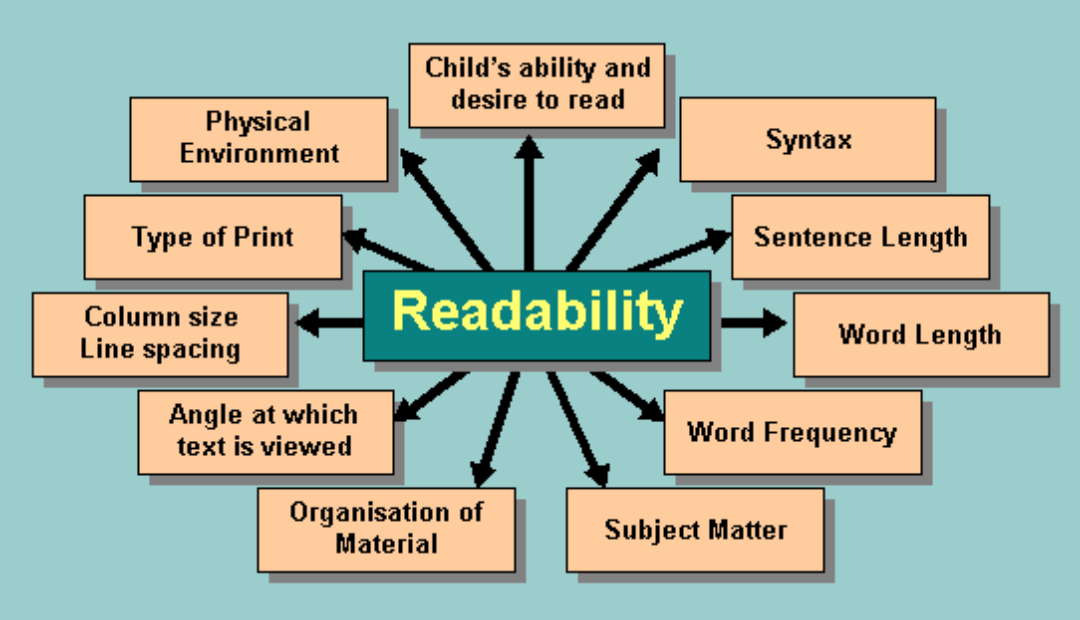- Key Takeaways
- Understanding Journey Mapping
- Elements of a Journey Map
- Value of Journey Maps for Businesses
- Differentiating Journey Maps
- Key Phases in a Journey
- Involvement and Execution
- Analyzing and Utilizing Data
- Summary
- Frequently Asked Questions
Understanding your customers' buying process and user story map is crucial. Journey mapping allows you to step into your customer's shoes and see where their experience excels or falls short. By mapping out each touchpoint, from initial interaction to final purchase, businesses can identify pain points and opportunities for improvement in customer experience, new customer journey, customer actions, and customer feedback. This process contrasts starkly with traditional methods, providing a comprehensive view of the customer's experience and buying journey. Through journey mapping, businesses gain valuable insights that lead to enhanced customer satisfaction and loyalty. Stay tuned as we delve deeper into the benefits and strategies of effective journey mapping for customer experience, marketing, user story, and stage.
According to a study by McKinsey, businesses that prioritize customer journey mapping are 60% more likely to have higher customer satisfaction rates. This statistic highlights the importance of understanding and improving the customer experience through journey mapping. By identifying pain points and opportunities for enhancement, businesses can ultimately drive customer satisfaction and loyalty.
Key Takeaways
- Implement journey mapping: Start by understanding the concept and its elements to create valuable journey maps for your business.
- Leverage journey maps for insights: Utilize journey maps to understand customer experiences, identify pain points, and improve interactions with your brand.
- Customize journey maps: Tailor journey maps to differentiate between various customer segments, ensuring personalized experiences.
- Focus on key phases: Pay attention to critical stages in the customer journey, user story map, and experience map to enhance customer satisfaction and loyalty.
- Involve cross-functional teams from marketing, customer experience, and other departments in the journey mapping process to gain diverse perspectives and ensure successful execution across the company.
- Utilize data for optimization: Analyze data collected through journey mapping to make informed decisions, drive improvements, and enhance overall customer experience.
Understanding Journey Mapping

Quick Definition
Journey mapping serves as a UX visualization tool that outlines the user's experience with a product or service. Personas play a crucial role in journey mapping by representing different user segments and their needs. The process combines storytelling to describe user actions and emotions with visual design to create a comprehensive view.
Importance of Use
Journey maps are vital for identifying essential functionality that meets user needs effectively. They pinpoint pain points in user interactions, revealing areas for improvement in the user experience journey map. Moreover, these maps foster internal team discussions by providing a shared understanding of the user journey.
Key Components
Personas are fundamental in journey mapping as they represent diverse user perspectives, behaviors, and customers. The environment or scenario in which users interact with a product influences their expectations and experiences. Different phases like Research, Test Driving, Purchasing, and Initial Experience help map out the entire user journey.
Elements of a Journey Map
Actions and Mindsets

Understanding user behaviors is crucial in journey mapping. Customers' actions and mindsets vary throughout their interaction with a product or service. Mapping these behaviors across different stages helps in identifying pain points and areas for improvement. By analyzing how customers behave and think at each touchpoint stage, businesses can tailor their strategies to meet customer needs effectively.
Mapping actions involves tracking the specific steps customers take during their journey, such as clicking on a website link or interacting with customer support. On the other hand, mindsets focus on understanding customers' thoughts, emotions, and intentions at each stage. Combining both actions and mindsets provides a holistic view of the user experience journey map, enabling company to create personalized interactions that resonate with their customers.
Understanding user behaviors through journey mapping is essential for companies to deliver seamless experiences to customers. By comprehending how customers engage with their products or services at each stage of the journey map, companies can optimize touchpoints to enhance customer satisfaction and loyalty. Effective journey mapping requires businesses to delve deep into the behaviors and mindsets of their target audience, customers, to create meaningful connections.
Emotional Journey

Emotions play a significant role in shaping customers' interactions at every stage of their journey map with a product or service. Mapping emotional responses at different stages of the journey helps businesses understand how users feel during each touchpoint. By capturing emotional highs and lows, companies can design experiences that evoke positive emotions and foster long-term relationships with customers.
Emotional design focuses on creating experiences that resonate with users on an emotional level. By mapping emotional responses throughout the journey, businesses can identify opportunities to enhance engagement and build brand loyalty. Understanding the emotional journey enables companies to tailor their messaging, visuals, and interactions to evoke desired feelings in users.
The impact of emotional design on user experience cannot be overstated. Businesses that prioritize mapping emotional responses can create memorable experiences that leave a lasting impression on customers. By infusing emotion into every interaction, companies can differentiate themselves from competitors and build strong emotional connections with their audience.
Identifying Opportunities
Journey mapping serves as a powerful tool for identifying opportunities for improvement within the user experience. By visualizing the entire customer journey map, businesses can pinpoint pain points, bottlenecks, and areas where enhancements are needed. These insights, when applied to the customers' journey map, translate into actionable opportunities that enable companies to streamline processes and deliver exceptional experiences.
Insights derived from journey mapping provide valuable guidance on where improvements are required to enhance overall satisfaction levels. By identifying opportunities for optimization along the customer journey map, businesses can implement changes that address customer needs more effectively. The role of opportunities in journey mapping lies in continuously refining the user experience to meet evolving consumer expectations and customers.
Value of Journey Maps for Businesses
Enhancing Customer Experience

Journey mapping improves customer experience by visualizing touchpoints and pain points in the user journey. It helps businesses design solutions tailored to meet customers' needs effectively by creating a journey map. By identifying key moments in customers' journey map, businesses can enhance overall satisfaction and loyalty.
Creating shared understanding is crucial in project teams, and journey mapping plays a vital role in achieving this. It aligns stakeholders, team members, customers, and map towards common goals by providing a visual representation of the customer journey. This fosters collaboration and ensures everyone is on the same page.
According to a study by McKinsey, companies that prioritize customer journey mapping are able to achieve a 15-20% increase in customer satisfaction and a 20-25% increase in revenue. This highlights the significant impact that visualizing touchpoints and pain points in the user journey can have on enhancing the overall customer experience.
Creating Shared Understanding
Journey mapping fosters shared understanding within project teams by visually representing the customer's interactions with the business and customers. It aligns customers, stakeholders, and team members towards common goals by showcasing pain points, opportunities for improvement, and journey map. This collaborative approach ensures that everyone involved, including customers, has a clear picture of the customer journey map.
Mapping Future Experiences
Journey mapping is not just about analyzing current experiences; it also helps in predicting and planning for future user interactions. By forecasting user needs and preferences based on past behaviors, businesses can proactively design solutions that cater to future demands. This proactive approach ensures businesses stay ahead of changing customer expectations and journey map.
Differentiating Journey Maps

Journey vs. Experience Map
Journey maps focus on the user's end-to-end journey, detailing each step and touchpoint encountered along the way. These maps provide a holistic view of customers' interactions with a product or service. In contrast, experience maps delve into specific touchpoints within the user journey, highlighting key moments of interaction.
Journey Maps
- Emphasize end-to-end user journey
- Provide a comprehensive overview of the entire user experience
Experience Maps
- Focus on specific touchpoints
- Highlight key moments of interaction within the overall journey
Journey vs. Service Blueprint
Service blueprints offer a more in-depth analysis compared to journey maps, focusing on internal processes that support the user experience. While journey maps concentrate on user interactions, service blueprints outline the behind-the-scenes operations necessary for delivering a seamless service to customers.
Journey Maps
- Concentrate on user interactions
- Detail the user's perspective throughout their journey
Service Blueprints
- Focus on internal processes
- Outline operational steps essential for delivering the service
Both tools are crucial in service design as they complement each other by providing a comprehensive view of both customer-facing interactions, customers, and backstage operations.
Journey vs. User Story Map
User story maps present a different approach from journey maps by focusing on individual user stories within a broader journey context. While journey maps capture the overall flow of a user's experience, user story maps dive deep into specific scenarios, showcasing detailed user interactions and behaviors.
Journey Maps
- Encompass end-to-end user experience
- Provide an overview of the entire customer journey
User Story Maps
- Focus on specific user stories
- Capture detailed interactions and behaviors within those stories
Key Phases in a Journey
Initial Steps

Creating a journey map begins with outlining the key stages and touchpoints of customer journeys. Gathering insights from customers, users, and stakeholders is crucial to understanding their needs, expectations, and journey map. Defining user personas early on helps in tailoring the journey map to specific user segments.
Middle Phases
In the middle phases, mapping customers' user actions and emotions plays a pivotal role. Analyzing user behaviors, customers, and identifying pain points are central tasks during this stage. The iterative process of refining journey maps ensures that they accurately reflect user experiences and challenges.
- Mapping user actions and emotions
- Analyzing user behaviors and pain points
Final Stages
The final stages of journey mapping involve identifying areas for enhancement based on insights gathered from customers. Synthesizing these insights leads to actionable recommendations for improving the overall customer experience. Presenting clear findings ensures that stakeholders grasp the opportunities for enhancing customer journeys and map.
- Identifying opportunities for improvement
- Synthesizing insights and recommendations
Involvement and Execution

Unique Roles
Team members play distinct roles in journey mapping, including conducting interviews to gather customer insights from customers. Each member contributes to visual representations, such as maps, that aid in understanding the customer journey. The organization of these roles ensures a holistic view of the customer experience.
In journey mapping, designers focus on creating visually engaging maps that capture key touchpoints. Analysts support the process by interpreting data from interviews and feedback. Collaboration between team members is crucial for a comprehensive understanding of the customer journey.
Facilitators guide the exercise by ensuring smooth execution and encouraging active participation. Their role is pivotal in keeping the team focused on achieving actionable outcomes from the journey mapping exercise. Support from facilitators enhances the effectiveness of the mapping process.
Running the Exercise
Running a journey mapping exercise involves steps like gathering data through interviews and creating visual representations. Collaboration among team members enables a holistic view of the customer journey, incorporating various touchpoints and interactions.
Cross-functional participation ensures diverse perspectives are considered, leading to more comprehensive journey maps. Facilitation plays a key role in steering discussions towards identifying pain points and opportunities for improvement. A well-facilitated exercise results in actionable insights that drive positive changes.
Time and Difficulty Considerations
Creating detailed journey maps requires time to conduct interviews, analyze data, and design visual representations. Challenges may arise due to complex customer journeys or limited data availability, impacting the accuracy of the maps. Managing time effectively is essential for producing insightful and actionable maps.
Difficulties in journey mapping can include conflicting interpretations of data or challenges in prioritizing touchpoints. To overcome these obstacles, teams can establish clear objectives at the outset, allocate sufficient time for each phase, and seek input from diverse stakeholders. Overcoming difficulties leads to more accurate and impactful journey maps.
Analyzing and Utilizing Data

Customer Sentiment Analysis
Customer sentiment analysis plays a crucial role in journey mapping, providing valuable insights into user experiences. By analyzing sentiments, businesses can understand customer emotions towards their products or services. This analysis helps in identifying pain points, areas of improvement, and moments of delight along the customer journey. Customer feedback is a vital source for sentiment analysis as it reflects real-time opinions and experiences shared by customers.
Types of Journey Maps
Different types of journey maps serve various purposes, such as current state maps that depict existing customer journeys and future state maps that outline desired experiences. These maps vary based on focus areas, including digital experiences like website interactions or physical experiences like in-store visits. The flexibility of using different types of journey maps allows businesses to tailor their approach according to specific project requirements.
Enhancing Customer Experience Through Journey Mapping with MarketersMEDIA

Journey mapping is a crucial tool for businesses looking to improve their customer experience. By visualizing the customer's journey from the initial contact to the final purchase, companies can identify pain points, opportunities for improvement, and areas where they can exceed customer expectations.
MarketersMEDIA offers a comprehensive platform for businesses to create detailed journey maps that track every touchpoint a customer has with the brand. By utilizing MarketersMEDIA's tools, businesses can gain valuable insights into customer behavior, preferences, and needs throughout the entire buying process.
With MarketersMEDIA, businesses can tailor their marketing strategies to better meet the needs of their customers at each stage of the journey. By understanding the customer's perspective and addressing their concerns proactively, companies can build stronger relationships, increase customer loyalty, and drive sales growth.
Summary
You've now grasped the essence of journey mapping, understanding its elements, values for businesses, differentiators, key phases, involvement, execution, and data analysis. By comprehending these aspects, you hold the key to enhancing customer experiences and driving business growth. Utilize journey maps to gain insights into your customers' interactions with your brand, identify pain points, and optimize touchpoints to create a seamless journey.
Empowered with this knowledge, take action today. Start crafting detailed journey maps tailored to your business needs. Dive into analyzing data to map and refine each phase of the customer journey continually. Your commitment to refining these processes will set you apart in delivering exceptional customer experiences and fostering long-lasting relationships with your audience.
Frequently Asked Questions
What is Journey Mapping?
Journey mapping is a visual representation of a customer's interaction with a business across various touchpoints. It helps businesses understand the customer experience journey map from start to finish.
Why are Journey Maps important for businesses?
Journey maps help businesses identify pain points, improve customer satisfaction, and enhance overall customer experience. By visualizing and mapping the entire customer journey, companies can make informed decisions to optimize their processes.
How do Journey Maps benefit businesses?
Journey maps provide insights into customer behavior, preferences, and needs. By understanding these aspects, businesses can tailor their products or services to meet customer expectations effectively, leading to increased loyalty and retention.
What are the key phases in a Journey Map?
The key phases in a journey map typically include awareness, consideration, purchase decision, post-purchase evaluation, and advocacy. Each phase represents a stage in the customer journey that businesses can map, analyze, and improve upon.
How can businesses analyze and utilize data from Journey Maps to understand customer experience, customer actions, customer feedback, and customer personas?
Businesses can analyze data from journey maps by identifying patterns, trends, and areas for improvement. This information can be used to implement targeted strategies that address specific pain points or enhance positive experiences along the customer journey.
Free Press Release Template
Tell us where to send your PDF:







